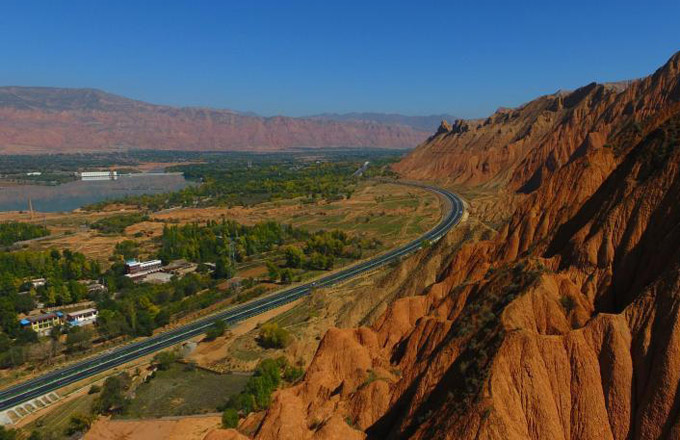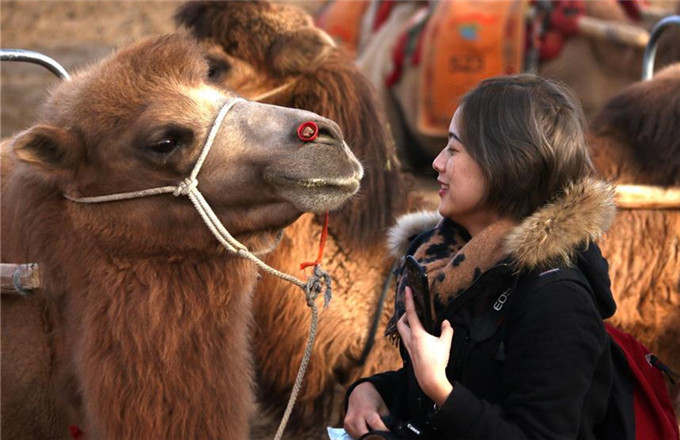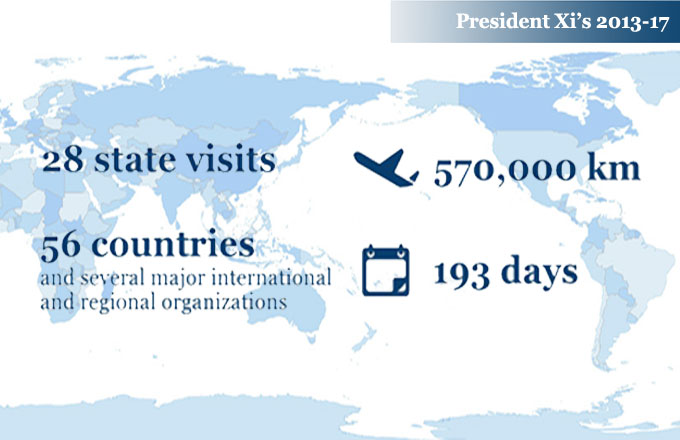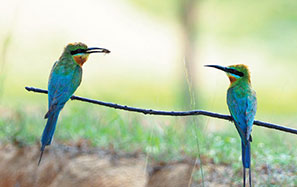Sichuan panda park sends warning to rule-breakers
The Wolong National Nature Reserve in Sichuan province has warned climbers not to enter its core area after three tourists had to be rescued over the National Day holiday.
Regulations ban climbers from core areas of China's nature reserves, which often are home to endangered animals, said He Xiao'an, an information officer for the Wolong reserve.
He made the remarks on Monday as rescuers work to extract three stranded climbers.
The visitors became stranded on Thursday, midway through the holiday, and had to call for help using a satellite phone.
"Two days later, rescuers found them. Because they were on mountains more than 4,000 meters above sea level, rescuers are now trying to get them to safety across dangerous paths and valleys," He said.
Covering 200,000 hectares, Wolong is best known as the location of the China Conservation and Research Center for the Giant Panda, which has the largest captive panda population in the world.
The core area covers 180,000 hectares and is home to wild pandas. The reserve is also home to rare deer, golden monkeys and precious plants.
To prevent climbers from disturbing the wildlife, the reserve's management committee has put up signs warning visitors to keep away from the core area. However, many people simply ignore them.
The reserve, which ranges in altitude from 1,100 to 6,250 meters above sea level and has no boundary fences, is a popular spot for climbers, according to Gao Min at the Sichuan Mountaineering Association.
Sichuan has more than 200 mountains that stand 4,000 to 7,000 meters above sea level.
Many have complicated terrain and are prone to rapidly changing weather, making mountaineering difficult and dangerous.
In the Gongga Mountains, where the tallest peak is 7,556 meters above sea level, more than 20 people have perished since climbers first started scaling it in 1957, Gao said.






















